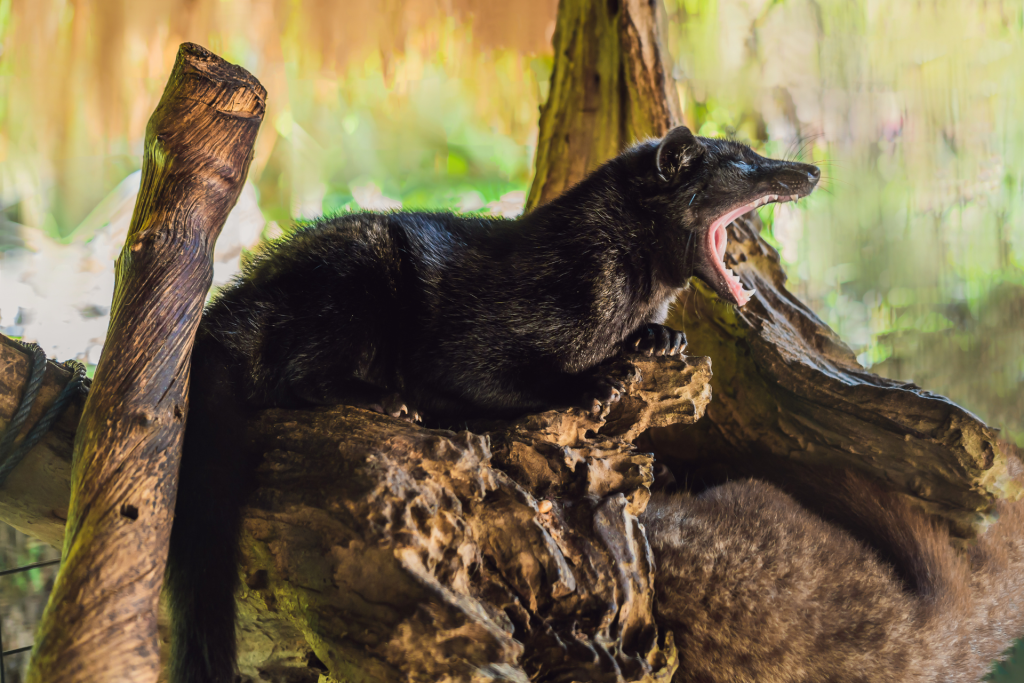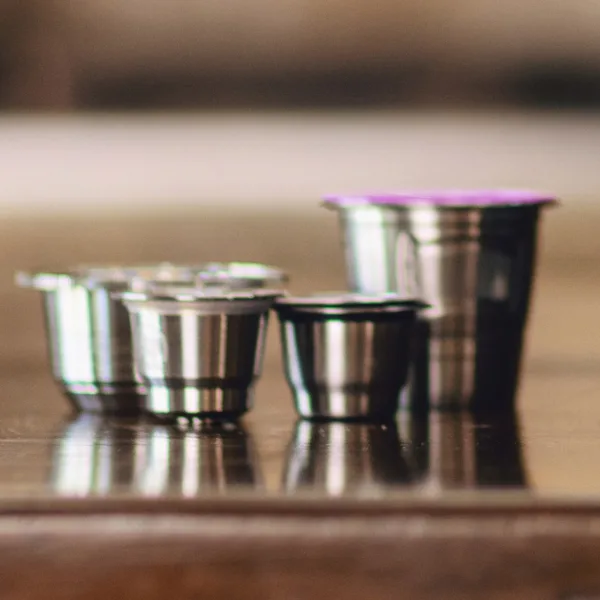Coffee, a staple beverage for many, takes on an entirely different persona in the world of luxury coffees. This post delves into the intriguing world of the most expensive coffees, like the famous Kopi Luwak and the exquisite Geisha coffee from Panama. We’ll explore their unique production processes, the reasons for their high price tags, and the controversies surrounding them.
Kopi Luwak: The Coffee That Passes Through a Civet
Origin and Production Process
Kopi Luwak originates from Indonesia and is made from coffee cherries that have been eaten and excreted by the Asian palm civet. The process starts with civets consuming ripe cherries. The cherries are fermented in the civet’s stomach, and the beans are then excreted. These beans are collected, cleaned, and roasted to create Kopi Luwak. This unique process is believed to give the coffee a remarkably smooth and rich flavor.

Flavor Profile
Described as having a smooth, less acidic taste, Kopi Luwak is cherished for its unique flavor profile that lacks the bitterness often found in other coffees.
The Controversy of Kopi Luwak
- Animal Welfare Concerns: The production of Kopi Luwak has been surrounded by controversy, primarily due to the treatment of the civets. In the quest for this luxury coffee, many civets are caged and force-fed coffee cherries, leading to significant animal welfare issues. This practice has raised ethical concerns among animal rights activists and coffee enthusiasts alike.
- Sustainability and Ethical Concerns: Aside from the treatment of civets, there are concerns regarding the sustainability and authenticity of Kopi Luwak. The demand for this coffee has led to questionable practices in its production, including the sale of fake or substandard Kopi Luwak.
Geisha Coffee from Panama: A Luxurious Alternative
Origins and Characteristics
Geisha coffee from Panama offers a luxurious alternative to Kopi Luwak. Unlike Kopi Luwak, Geisha coffee’s exclusivity comes from its rarity and the specific conditions required for its cultivation. Grown primarily in Panama’s Boquete region, this coffee is known for its distinctive floral and fruity notes, with hints of jasmine, bergamot, and tropical fruits.
Flavor Profile
The taste of Geisha coffee is a symphony of flavors, often described as a harmonious blend of sweet and floral notes. It boasts a delicate yet pronounced profile, with vibrant hints of jasmine, bergamot, and ripe tropical fruits like mango and papaya. The experience is further enhanced by its light, tea-like body and a bright, citrusy acidity that dances on the palate. This combination of complex aromatics and a clean, lingering finish makes Geisha coffee a favorite among coffee aficionados, offering a taste that is both exotic and refined.
Comparing Kopi Luwak and Geisha Coffee
- Price and Exclusivity: Kopi Luwak and Geisha coffee command high prices in the market, but for different reasons. Kopi Luwak’s price is driven by its unusual production process, while Geisha coffee’s value lies in its rare quality and exceptional taste.
- Ethical and Environmental Considerations: Geisha coffee generally presents a more sustainable and ethical choice than Kopi Luwak, primarily when sourced from farms that prioritize environmental conservation and fair labor practices.
Conclusion
The world of luxury coffee is filled with exotic flavors and intriguing stories. While Kopi Luwak has long held the title of the most expensive coffee due to its unique production, the ethical concerns surrounding its production cannot be ignored. On the other hand, Geisha coffee from Panama offers a compelling alternative, providing coffee connoisseurs with an exquisite taste experience without the associated ethical dilemmas. As coffee lovers, we have the power to influence the industry by making informed choices that consider both quality and ethics.


